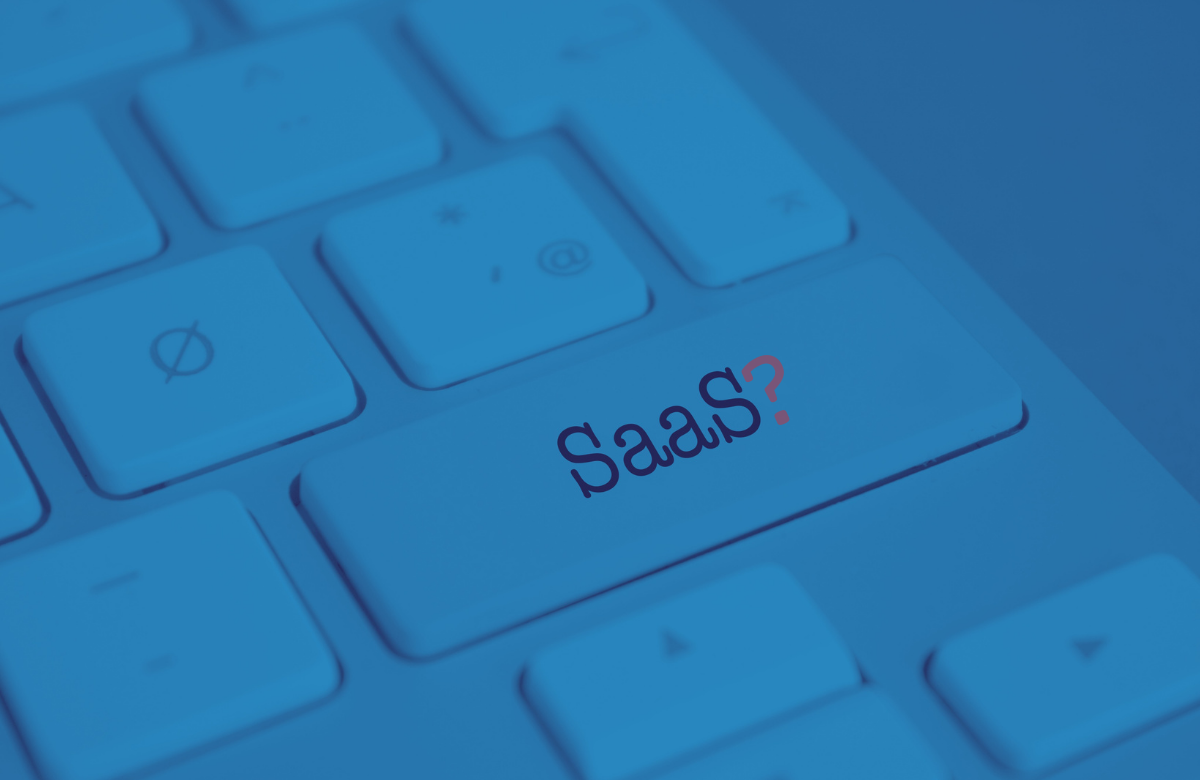A SaaS billing and payments solution isn’t right for all organizations, especially those with complex billing needs.
Pierre and I are the co-creators of an open-source billing and payment platform, so you’re probably not surprised to hear we think this way. We have both worked in the rapidly evolving world of online billing and payments for ten years, and we have in-the-trenches experiences solving the knottiest billing problems.
The TL;DR reason for our lack of confidence in SaaS billing and payments solutions is that they can’t accommodate fast-growing or enterprise-level businesses’ specific needs. But we have several more reasons for our opinions, which are detailed below.
If you’re a business with complex billing requirements, you need to know what you’re getting into before you hand off your revenue processing to a traditional SaaS vendor.
Integration Restraints
Given the enormous variety of business software in use, it’s more a question of when than if you’ll need to integrate your billing and payments system with other systems (accounting, analysis, CRM, etc.). When this time comes, you’ll find it’s either impossible – or a heroic deed requiring thousands of work hours to accomplish.
Maybe you’ll capitulate and find it’s “easier” to export the data and wrestle it into a format appropriate for importing. In all ways, you’ll find it’s a time-suck in which you find yourself questioning even using technology in business at all. (And that’s when you know you’re due for a long, long vacation.)
Tied to a Specific Feature Set
When you sign up with a SaaS billing and payments provider, you have tied yourself to a predetermined feature set path. You’re committed (whether you realize it or not) to conforming to their feature roadmap.
Of course, the larger you are, the more leverage you have in persuading your billing solutions provider to rearrange their roadmap to accommodate your specific business needs. But not many of us are in that position. And how many of us want our organization’s scalability reliant on a third party’s future feature set?
Limited Choices in Third-Party Providers
Most businesses that take payments online need to use third-party vendors, such as for tax processing, fraud detection, or payment processing. But you’re going to be limited yet again if you link your fortunes to a SaaS billing solutions provider. None of us know what the future holds, so it’s crucial to keep your options open as much as possible.
Being forced to select from a handful of payment processors may be all right for some companies. However, it doesn’t help if you want to make inroads into countries those payment processors don’t cover.
It’s Tricky Testing in Sandboxes
Sandboxes for testing purposes are an issue you may not have considered, but it’s a big deal when you find yourself restricted in how many sandboxes your billing solutions provider offers. We know one billing solution that provides a sandbox environment to their new clients for just three months. After that, you need to start paying for it.
What happens if your billing engineers want to test out multiple billing scenarios, but have only one sandbox? Even if the developers take turns, the previous sessions’ configuration data can interact with the next round of testing. Getting the sandbox back to a clean slate isn’t always easy, either. Yet again, you are working within a straitjacket.
Inadequate Analytics and Reporting
A SaaS billing and payments solution provider will provide some reporting capabilities, but most companies need to compute reports in many ways (for example, to exclude trial data). The vendor-provided reports typically won’t fulfill all your reporting needs.
Even if you use the vendor’s API library to access your data, you probably can’t get the precise data needed. Equally frustrating is when the vendor restricts how much data you can access, either in the number of records or in the payload size.
And That’s the Vendor Lock-In Experience
Let’s say you’ve used a billing solutions provider for a few years, but you need to leave. Perhaps they raised their subscription fees, you’ve experienced a decline in quality, or your billing needs aren’t being bet. Or all three.
Moving your data to a new billing provider is complex, costly, and risky. You may experience delays in accessing your data. When you get the data, it might not be in the right format to map to your new billing solutions provider. You’ll spend time and money massaging the data into the new format. Whether you stay or go, it’s going to cost you.
The Kill Bill team has ten years of experience working in billing and payments, creating Kill Bill, and implementing it in more organizations than you can imagine. We understand the dilemmas inherent in using a SaaS billing and payments solution. Using open-source software like Kill Bill for your billing and payments system has the potential to resolve all the above issues – and even some problems you don’t know you have!
Contact us to ask questions and, of course, feel free to comment below.
Take the next step with Kill Bill…
- Watch an introductory video
- Read the Kill Bill overview
- Become a Kill Bill sponsor
- Join the Kill Bill Community
- Get started with Kill Bill

